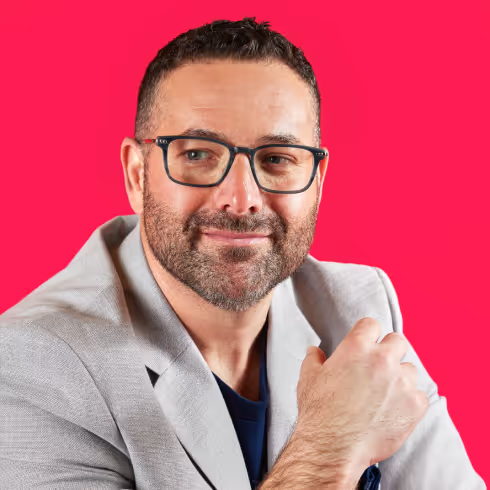All aboard – Take the best path to product success with TrinityRail’s insights


TrinityRail is like most enterprises — on a mission to drive product innovation, but knows it's not always easy to identify the best ideas or weed out the less promising ones early in the process. That’s why we were thrilled to chat with Launch by NTT DATA’s David Schell and Kristen Foster, Director of Service Product Development at TrinityRail Industries on the latest episode of Catalyst. Kristen shares how TrinityRail chugs along with a steady influx of fresh ideas and decides which to pursue. Check out the highlights below, then dive into the full episode to explore how you can foster a culture that prioritizes innovation.
Balancing big bets and quick wins
Innovation at TrinityRail is a balance between pursuing big, long-term projects and achieving quick wins to deliver value to customers and to build needed momentum internally.
Challenges in innovation
Spotting good ideas is only the beginning. True innovation requires prioritizing them and managing the entire process, from ideation to execution.
Casting a wide net for ideas
There’s no tunnel vision at TrinityRail. They look for ideas from all sides. They consider ideas from customers, their user base, and internal employees. You never know who’s going to spark the next aha moment.
Customer-centric innovation
You’ve got to understand your customers’ needs, and you also must prioritize customer feedback if you really want to create a culture of innovation. TrinityRail emphasizes being customer-centric and actively seeks their input to inform product development.
Evolving innovation processes
The process of managing innovation is an evolving one. TrinityRail suggests starting with simple processes and adapting and growing them as needed. It's essential to find what works for your organization.
The importance of soft skills
It’s not just about subject-matter expertise. Soft skills such as curiosity, adaptability, and the ability to work cross-functionally are highly valuable in the field of innovation and product development.
As always, don’t forget to subscribe to Catalyst wherever you get your podcasts! We drop a new episode every Tuesday, and each one is jam-packed with catalysts for digital experiences that move millions.






